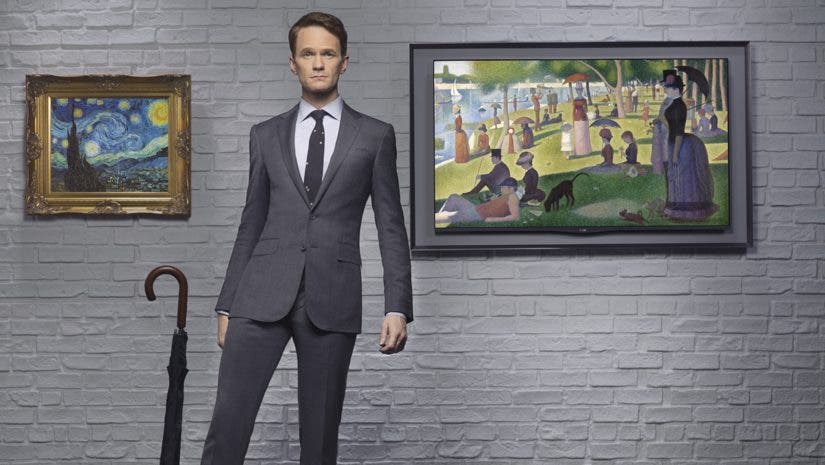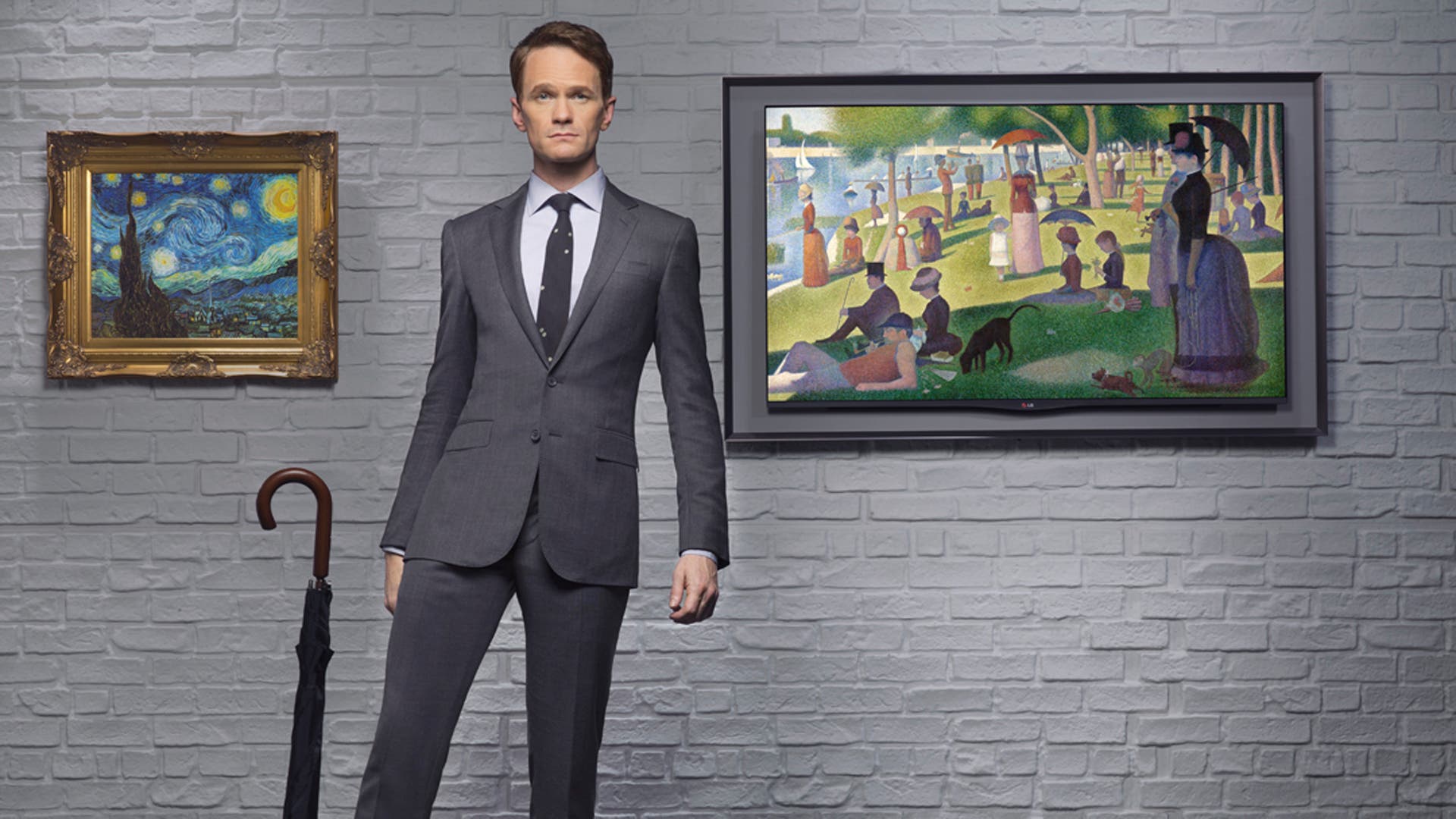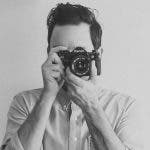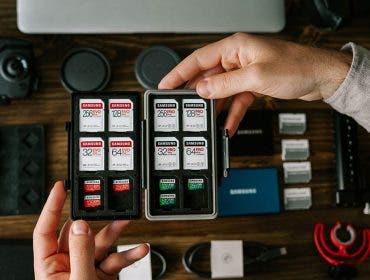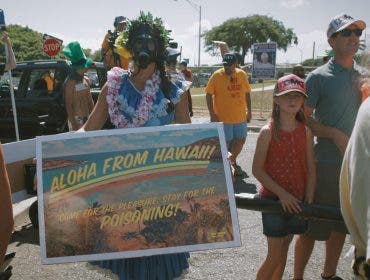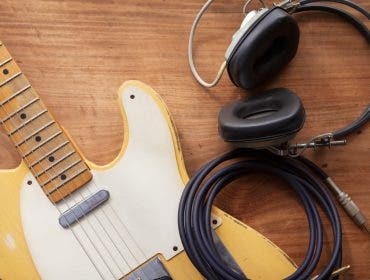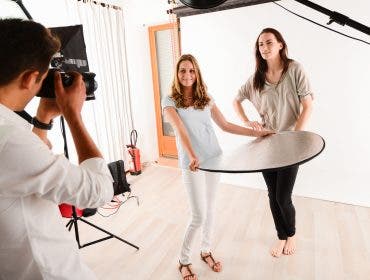In June 2014, I was given the assignment to shoot actor Neil Patrick Harris for LG. The campaign was for LG’s new 4k OLED television, and was in conjunction with the artist competition, The Art of the Pixel, in which the artists used an OLED TV to display their work. The ad concept was to have NEIL interact with specific props that related to the art displayed. For the ads we used very famous artworks like Starry Night (shown here) that are familiar to most art lovers. We would have Neil from 1:00 pm-3:30pm, leaving us with two and a half hours, more than enough time to achieve the five set-ups we wanted to do, especially since we had pre-lit the day before the shoot get it perfect.
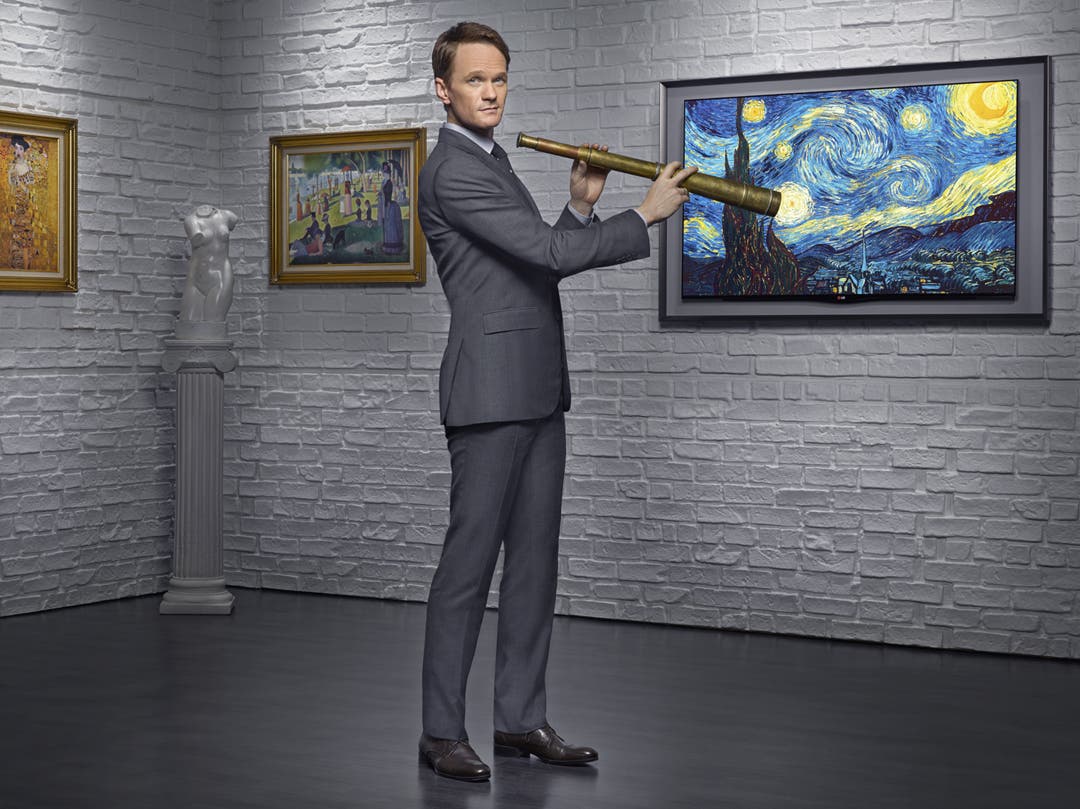
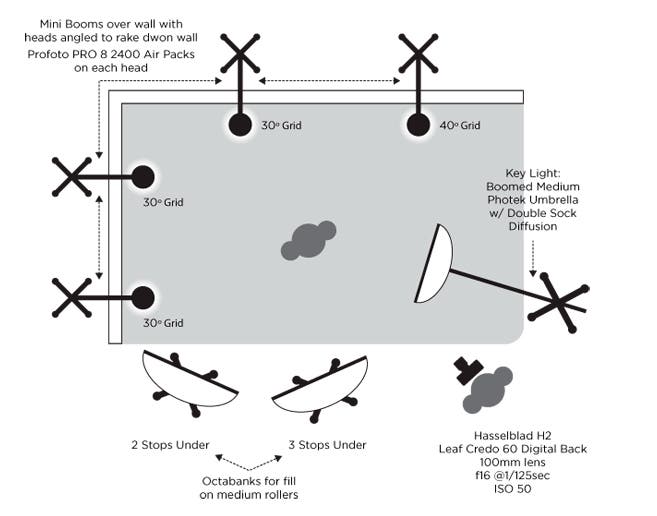
The day of the shoot:
Although we had set up and pre-lit, my team and I arrived early at 9am to show the client our test shots for approval—just in case we needed to fine-tune or make any changes. After a few minor tweaks we were ready to go by 10am. At this point, the rest of the morning was mostly spent waiting for Neil Patrick Harris to finish filming and come over to our stage.
Around 11am we were given notice that our start time would be pushed back to 1:30pm because filming was delayed. The only issue was that their delay did not mean that we could push back our end time because Neil had a “hard out” at 3:30pm. This means he contractually stops working at this time no matter what. Essentially, any filming delays cut into our own time of shooting with him. By noon, his start time was pushed again to 2pm. At this point we knew we would need to move fast during our shoot, so we marked the key and fill light positions with tape on the floor with the number one for our first angle, and after setting up the second angle’s lighting positions, we marked those with number two. This way, we can quickly and seamlessly move to our second angle within seconds. In regards to the camera position, we originally thought to have two separate cameras on two separate tripods, but found that the amount of time spent with disconnecting the tether cord and rebooting the capture, was more than we wanted to spend. The best solution was to keep two identical tripods locked in place and walk over with the camera and mounting plate to from one tripod to the next.
At 2pm we were made aware that Neil was not going to be ready for us until 2:45pm, essentially giving us 45min in total with him. At this point the client assumed it was now impossible to get all five shots we had originally planned, so they began prioritizing the shot list, basically eliminating two of the shots. I stayed calm during all this and assured them we could do it. The thing with this shoot is that we knew exactly what had to be done. The angles, lights and props were ready. The poses and what I wanted him to do had been hashed out. It was just a matter of getting him on set. Again I assured the team we would be fine, although I saw a twinkle of doubt in their eyes. When 3pm rolled around and Neil was still not on set, that little twinkle turned into an entire galaxy. Again, I reassured the team and the creatives we would be fine and that we would get the shots. At this point, I was told to just get the one main shot and a second if I could. The thing is I know I can shoot fast and when I get the shot, I know and can move on. I also knew that Neil was a true pro and he would bring it. If we were shooting models or even worse, unseasoned models, then I would probably be a bit more flustered, but this is Doogie Howser we’re talking about.
With crew, producers, clients, and Neil’s own team of assistants and publicity team, the stage had about 20 plus people. Finally, at 3:10pm he walked into our studio, camera ready. After a few hellos and a view of our set, he stepped into position while a makeup artist touched him up. HS Ad’s art director John Price and I begin a brief chat with Neil to explain the concept and what we would like him to do. I showed him the props and gave him a small amount of direction for the camera and his positioning along with letting him know he can be creative and improvise a bit.
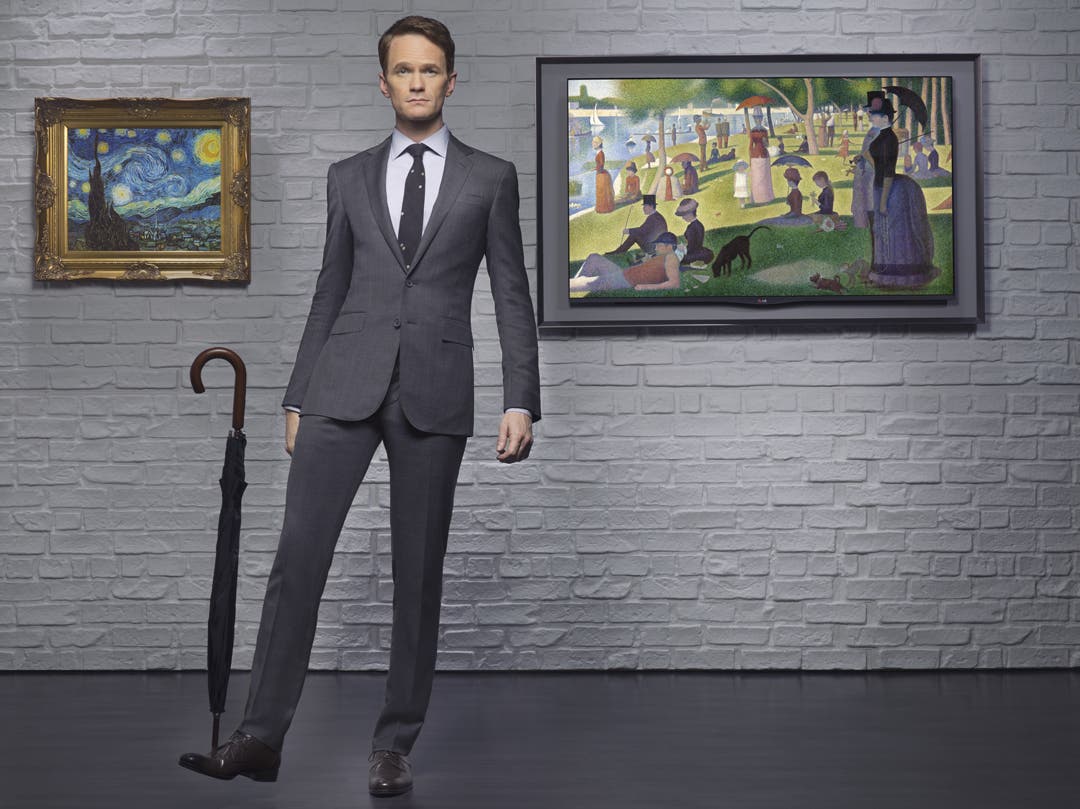
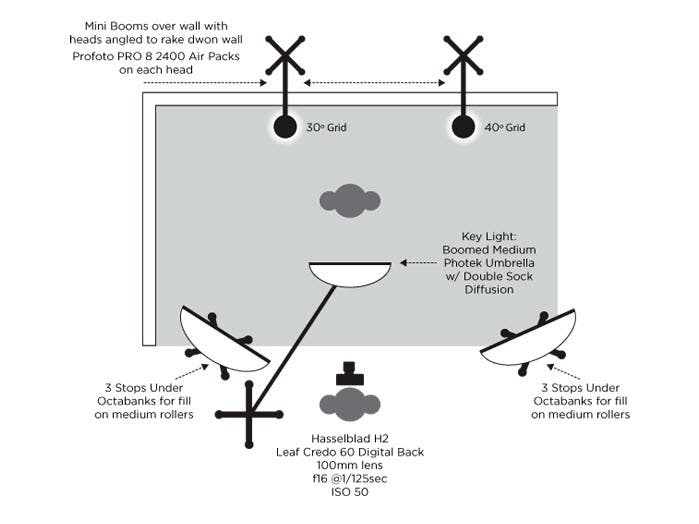
At 3:15pm I shot my first frame and what was to become a very fast and seamless workflow between my team and me. We were in the zone and every single frame was a keeper with Neil. He knew exactly what to do and the variations he was doing from one click to the next were extremely impressive. After 30-40 frames with the first set up, I knew we got it ten times over and so did the client who was viewing the monitors. I called out for the next set of props to be switched out and again clicked out another 30-40 frames, each different than the last in terms of Neil’s variations. As I shot the last frame on the second set up, I again knew we got it and the client’s thumbs up reinforced that. It was time for an entirely new angle, my team and I moved like a well oiled machine to the next set up, almost as if choreographed for months. Two assistants slid the lights onto their new positions, another took my camera to the other tripod, the props were swapped out and within three minutes I was test firing the new angle. The next two set ups where just as fluid and effortless as the first two before I wrapped them up.
For the final shot, which was on entirely different set with its own lights, I switched to my Canon 5DMKIII with an 85mm lens. I was tethered to a laptop and secondary monitor that was already on that set. This set was also on a different pocket wizard channel than the first, so the lights where hot and ready to fire. Right before starting, Neil pulled me aside and asked for a personal headshot image of him winking to be done on this set, which I agreed and told him we could shoot it. I then started capturing full length for what my clients needed and walked in closer for tighter shots, ending with tight portraits. Then after we achieved what we had to do, I ended the shoot with three winking frames.
I called wrap at 3:29pm and we got every single shot on the shot list plus his winking image. The shoot was done and everyone was extremely happy.
The following products were used for this photo shoot. Their set placement is shown in the diagram photos.
- – Matthews mini booms: https://www.adorama.com/mtb427802.html
- -Profoto Pro 8 2400 Air Packs on each head: https://www.adorama.com/pp701080.html
- -Octabanks: https://www.adorama.com/searchsite/default.aspx?searchinfo=octabanks
- -Medium Photek Umbrella/W Double Sock Diffusion: https://www.adorama.com/searchsite/default.aspx?searchinfo=Photek+Umbrella, https://www.adorama.com/searchsite/default.aspx?searchinfo=double+sock+diffusion
- -Hasselblad H2/Leaf Credo 60 Digital Black 100mm Lens: https://www.adorama.com/mylc60dhv.html
- -30 degree grid spots: https://www.adorama.com/el26100.html
- -40 degree grid spots: https://www.adorama.com/dn3308b.html
To view more of Roberto’s work please visit his website at www.robertochamorro.com and follow him on Instagram at @robertochamorro
